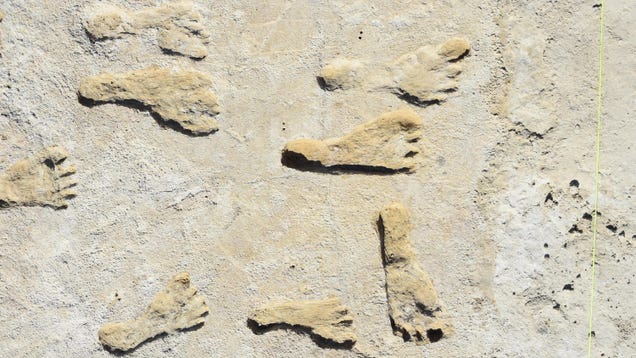
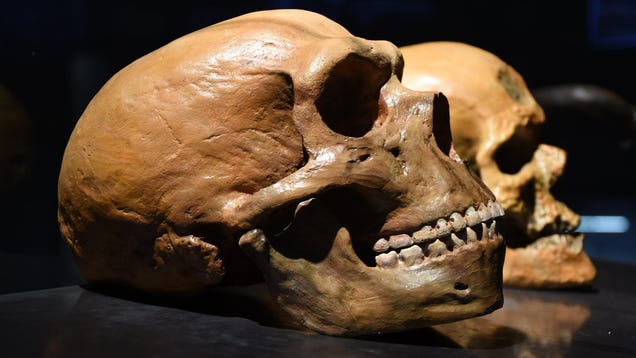
If you’re irritated by the morning people in your life, you might have Neanderthals to blame for their existence, at least a little bit. New research suggests that our hominin relatives possessed genetic variations that predisposed them to waking up early and that they passed on these genes to our Homo sapiens…
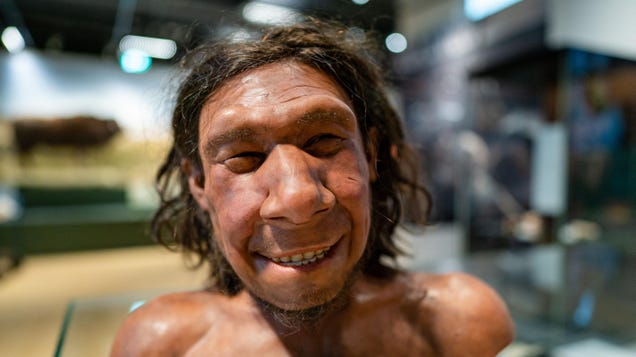
A sweeping analysis of European and Asian genomes over the last 40,000 years reveals when and how some genetic exchange occurred between Homo sapiens and our closest cousins, Homo neanderthalensis. It also shows how the Neanderthals’ genetic footprint depended on later exchanges between members of our own species.
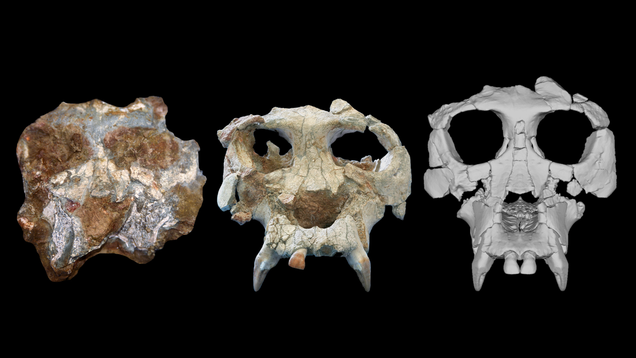
A team of paleoanthropologists has assembled the only known cranium of the extinct ape Pierolapithecus catalaunicus, revealing how the ape’s face looked. The reconstruction allows them to place Pierolapithecus on the hominid family tree and improves our understanding of how the ape moved around Spain some 12 million…
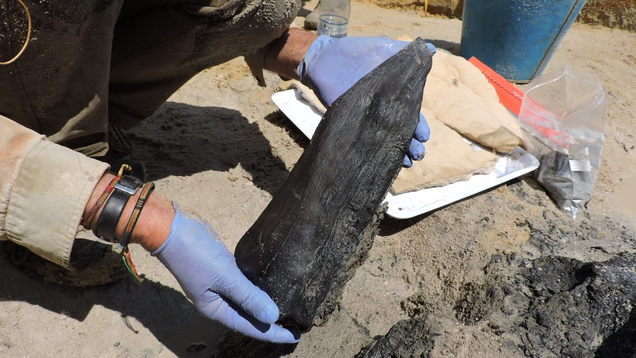
Archaeologists investigating cut logs and other wooden tools at a site near Zambia’s Kalambo Falls have found the settlement to be far more ancient than previously thought: the logs date back to nearly half a million years ago, before our species (Homo sapiens) appeared on Earth.
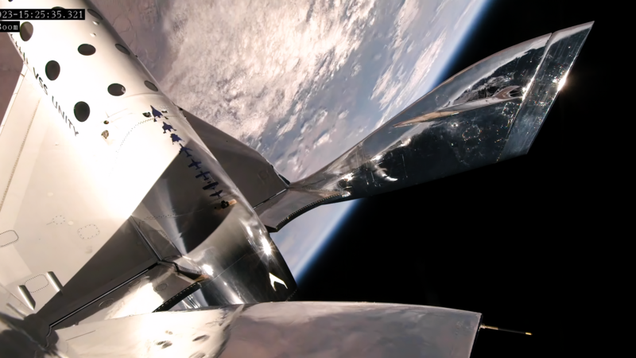
In a move that is garnering considerable criticism from the scientific community, a recent Virgin Galactic mission transported two ancient hominin fossils to the edge of space.
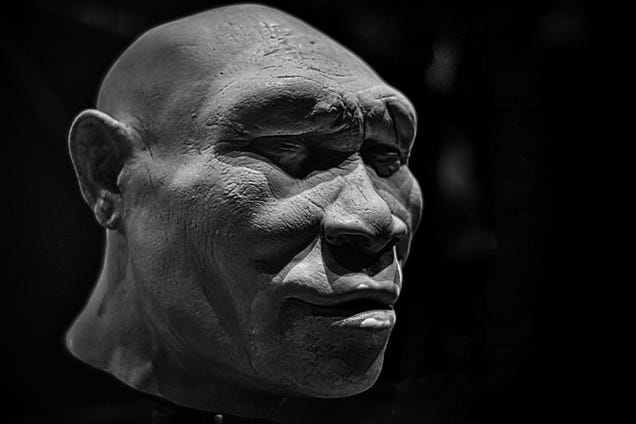
Humankind struggled to survive during a 100,000 year period during the early Pleistocene, according to researchers who used a computer model to discover a severe population bottleneck in our species’ ancient past.


